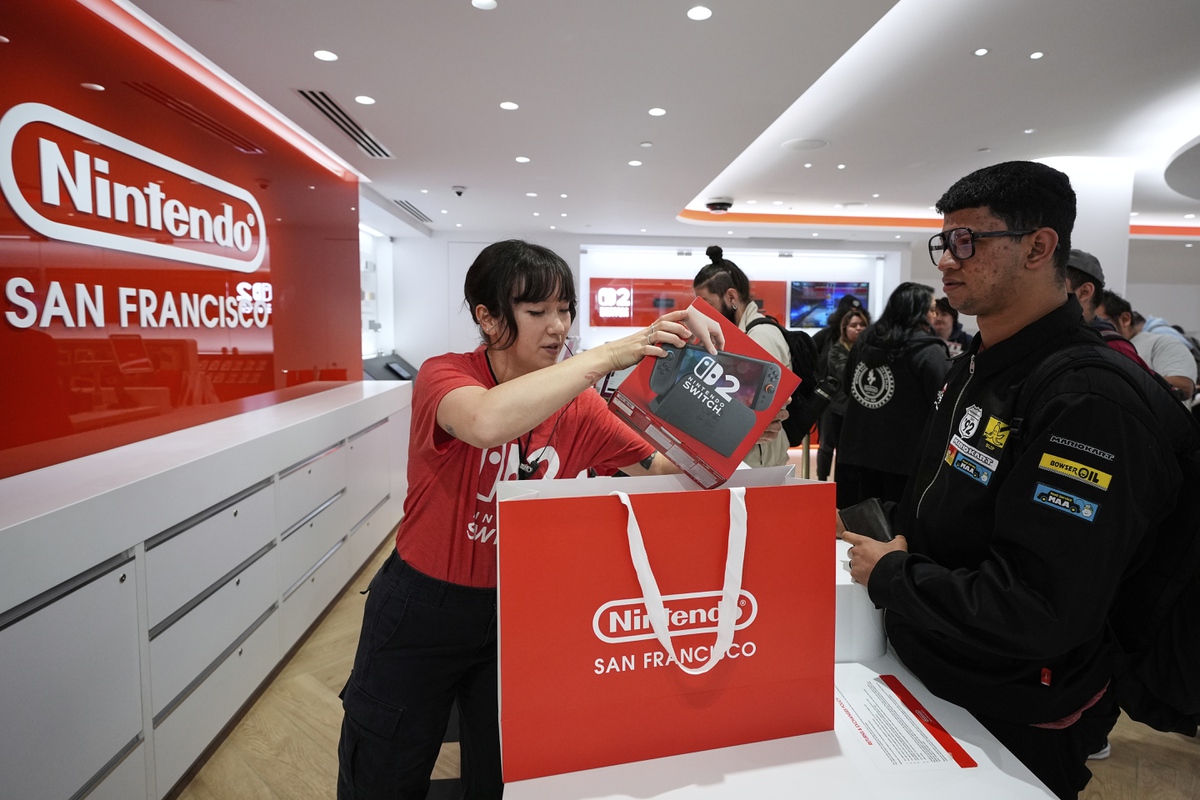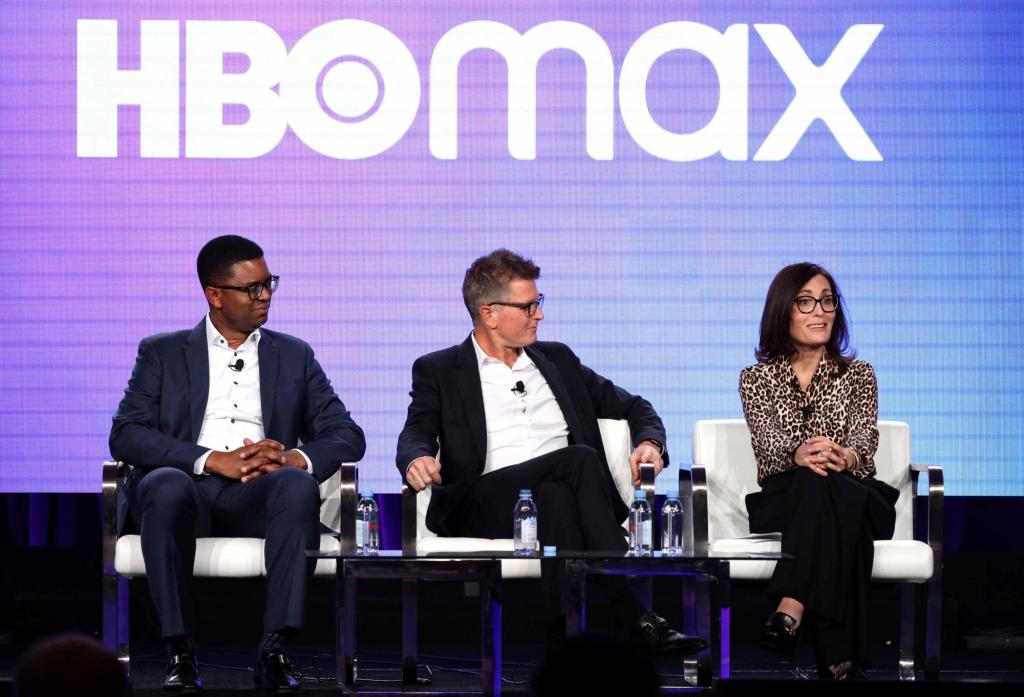EGYM’s Smart Strength Squat makes an exercise that was once challenging to execute, now safe, effective and smart
EGYM, a worldwide fitness technology leader, is applying its commitment to innovation to one of the industry’s most foundational movements.
This spring, the brand unveiled the Smart Strength Squat, a fully digital, guided squat machine that unlocks the benefits of an essential exercise for every fitness level and is particularly attractive to younger individuals prioritizing weight training. For clubs, it’s a way to meet the demand for lower-body training and differentiate your gym by offering industry-leading technology.
But while this innovation from EGYM creates positive effects for end users immediately, that’s only half the story. The way the Smart Strength Squat benefits gyms looking to secure new members and grow the EGYM ecosystem takes things a step further.
Eliminating Intimidation
Squats are often called the “king” of compound exercises for good reason. They activate major muscle groups across the legs, glutes and core, improve functional strength, and support better mobility and athletic performance.
But weighted squats aren’t easy to master. Lack of guidance on proper form and weight choice can intimidate beginner-level members and even lead to injury. Experienced members also risk poor form when fatigue sets in, especially when they don’t have a spotter.
“The squat is the cornerstone of effective strength training for the lower body, yet it remains one of the most intimidating and technically challenging exercises for many exercisers,” said EGYM North America General Manager, Dana Milkie.

EGYM eliminates this intimidation factor with the Smart Strength Squat, putting members in control and every squat-related benefit within reach.
“From the beginning of the process, digital resistance removes the need for setting up weight plates, which can be intimidating or annoying to some,” said Milkie. “Adding the automated machine adjustments and guided range of motion reduces the setup time while boosting safety. It allows for tailored and gradual progress, enabling beginners to train independently and with confidence.
“We saw an opportunity here to improve this foundational movement for everyone, giving advanced athletes a much safer way to push to their limits and reach higher training stimuli through advanced training methods, while making it more approachable for those who have previously avoided squats altogether,” Milkie added. “The machine supports training methods like negative, adaptive and explonic modes, enabling high training stimuli without the need for a spotter. It’s a rare combination, one machine that empowers beginners while delivering the training intensity experienced users demand.”
Gamification and Growth Elements
The Smart Strength Squat’s visual cues do more than just set the grounds for a safe and effective workout. They also sprinkle in an element of fun.
“Our visualization options, as well as our gamified ‘max out’ training method, are engaging forms of feedback, encouraging the users to go all in,” said Milkie. “Progress tracking through the connected software and the automatic adaptation of training weights and periodization, based on recurring strength tests, turn each workout into a data-driven experience, motivating users to beat their best while staying safe and consistent.”
The machine also benefits, and benefits from, the interconnectivity of the entire EGYM ecosystem. Through EGYM Genius, the AI-powered workout platform that weaves together entire gym floors to create tailor-made workouts, real-time performance data is used to instantly adjust workouts and personalize progress.
“This accelerates learning by helping members see what works, stay motivated and achieve results faster, all while the system refines their program with each session for optimal outcomes,” said Milkie. “Because the Smart Strength Squat machine is included in the EGYM ecosystem, it leverages the same approach to inform and advance members’ lower body workouts in a hyper-personalized way.”
This, paired with the Overhead Squat Flexibility Test, which measures a user’s flexibility levels through 3D analysis technology and relays that information back to them in an easy-to-digest manner, allows EGYM to surround the workout format with targeted support and intel.

Feedback Thus Far
There’s already a significant amount of momentum surrounding the Smart Strength Squat. It hasn’t taken long for the industry to recognize the machine’s advantages for both trainers and operators alongside their members.
“Trainers are excited about the reduced onboarding time for beginners and how easily their members can now access a highly effective but complex compound movement like the squat,” said Milkie. “Advanced lifters are particularly drawn to the ability to safely reach muscular failure without needing a spotter. Our negative, adaptive and explonic training methods open up new possibilities in squat training that were previously not possible. This combination of performance and safety is something the market has never experienced before.”

The Smart Strength Squat is a clear indicator that EGYM continues to establish itself as the groundbreaking facilitator of modern fitness.
“When people look back we want this launch to be remembered as the moment squats became truly smart and accessible for all,” said Milkie. “We believe the industry will say that EGYM didn’t just innovate and add another machine, we redefined what strength training can be in the digital age by bringing these functionalities to such a complex exercise.”













































 Stephen A. responds to LeBron’s NBA coverage criticism | First Take
Stephen A. responds to LeBron’s NBA coverage criticism | First Take
























